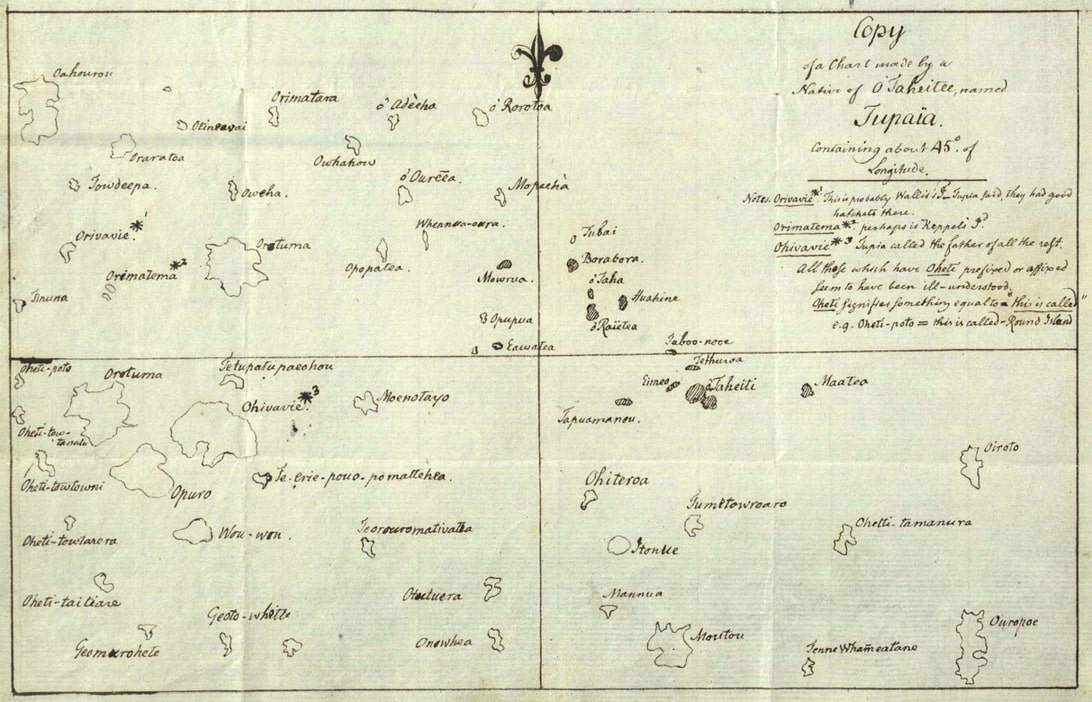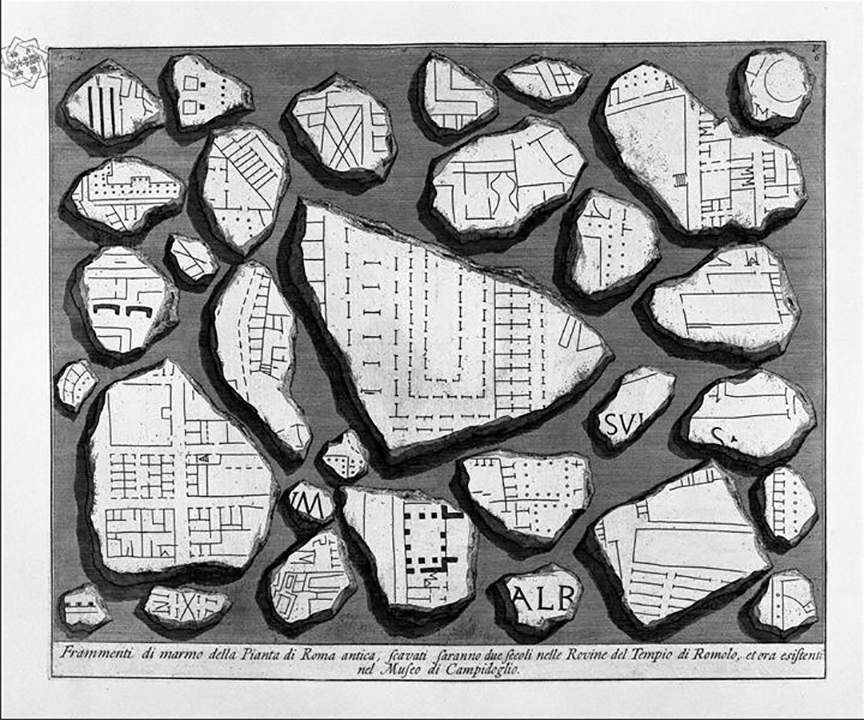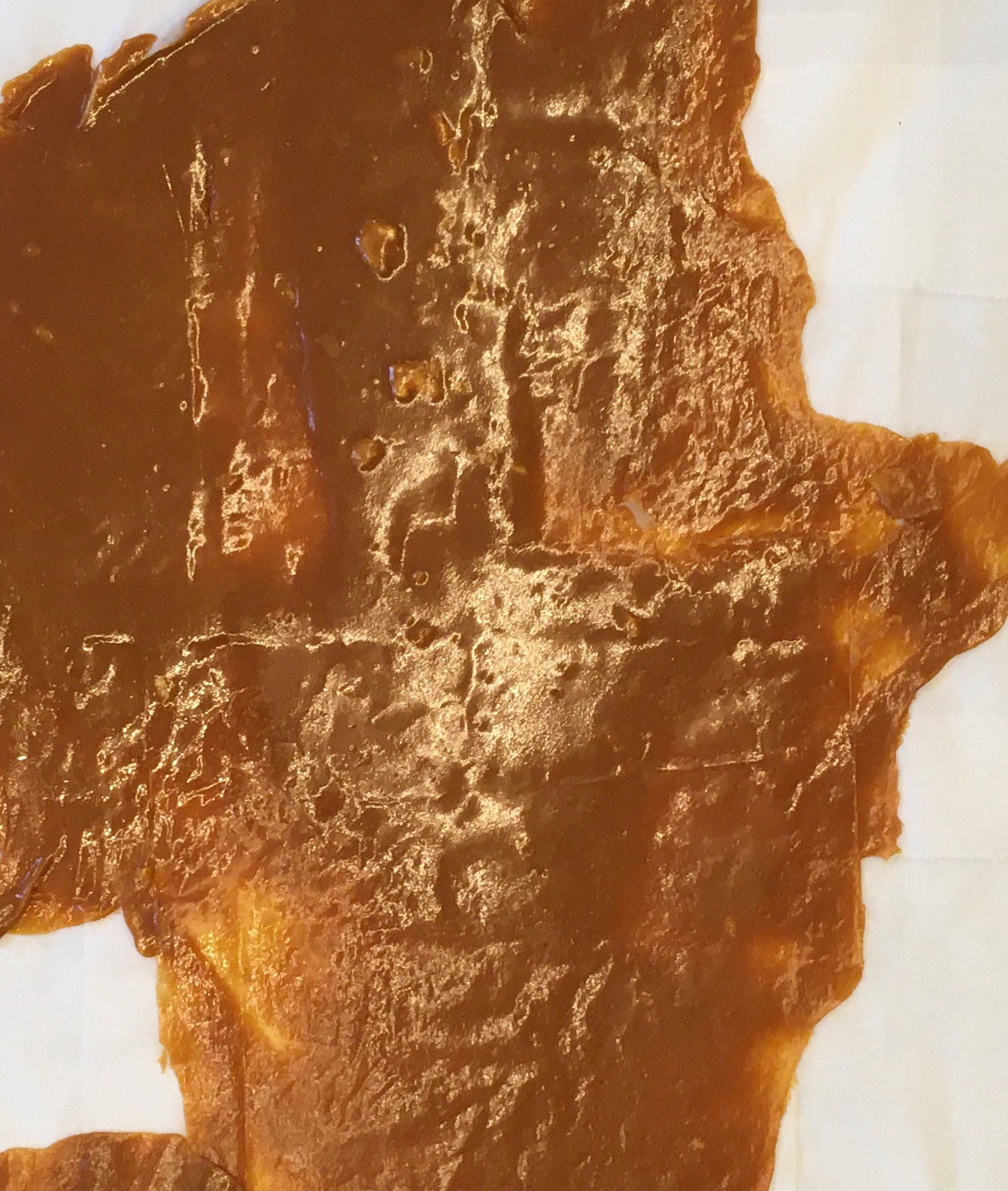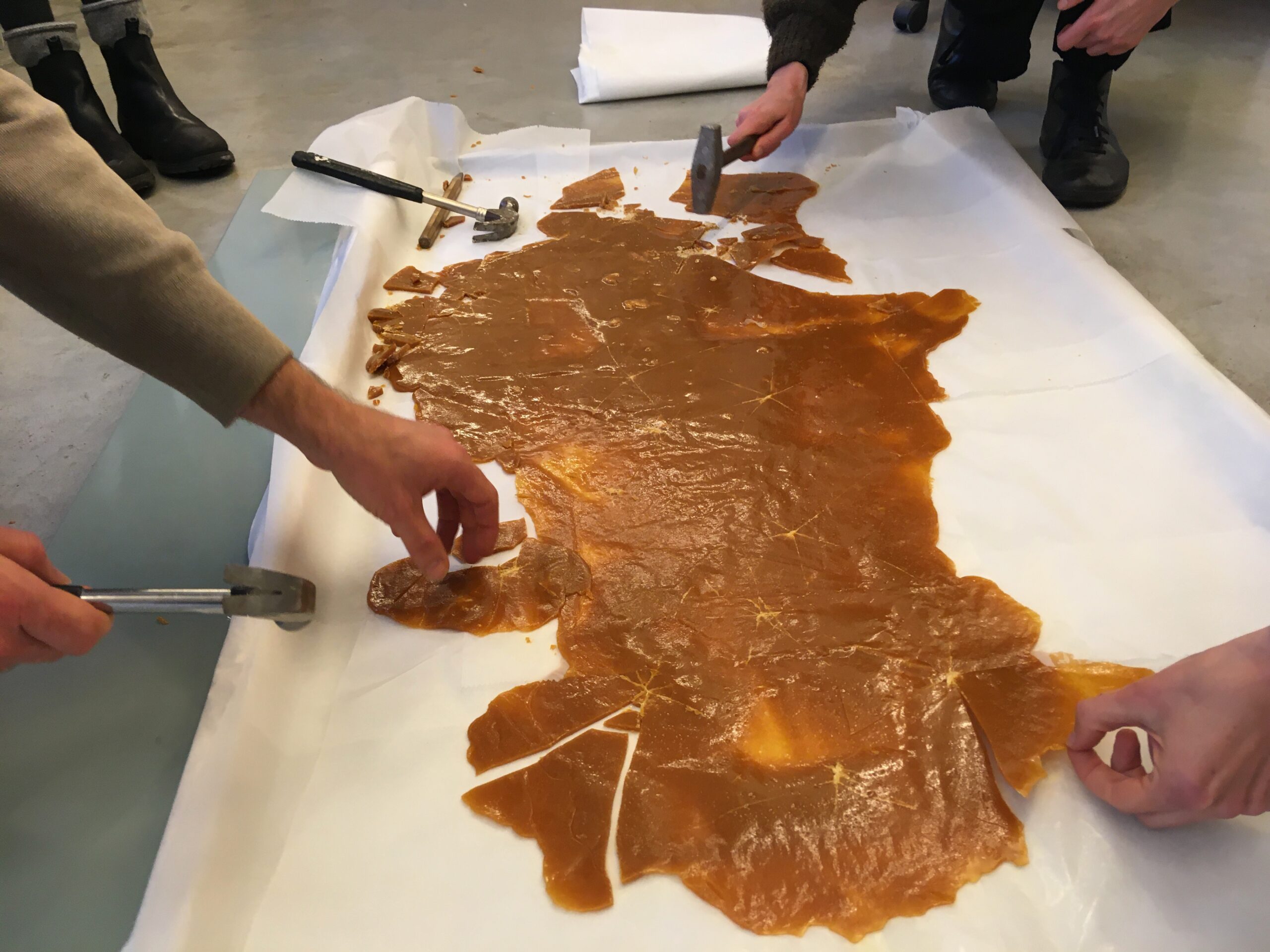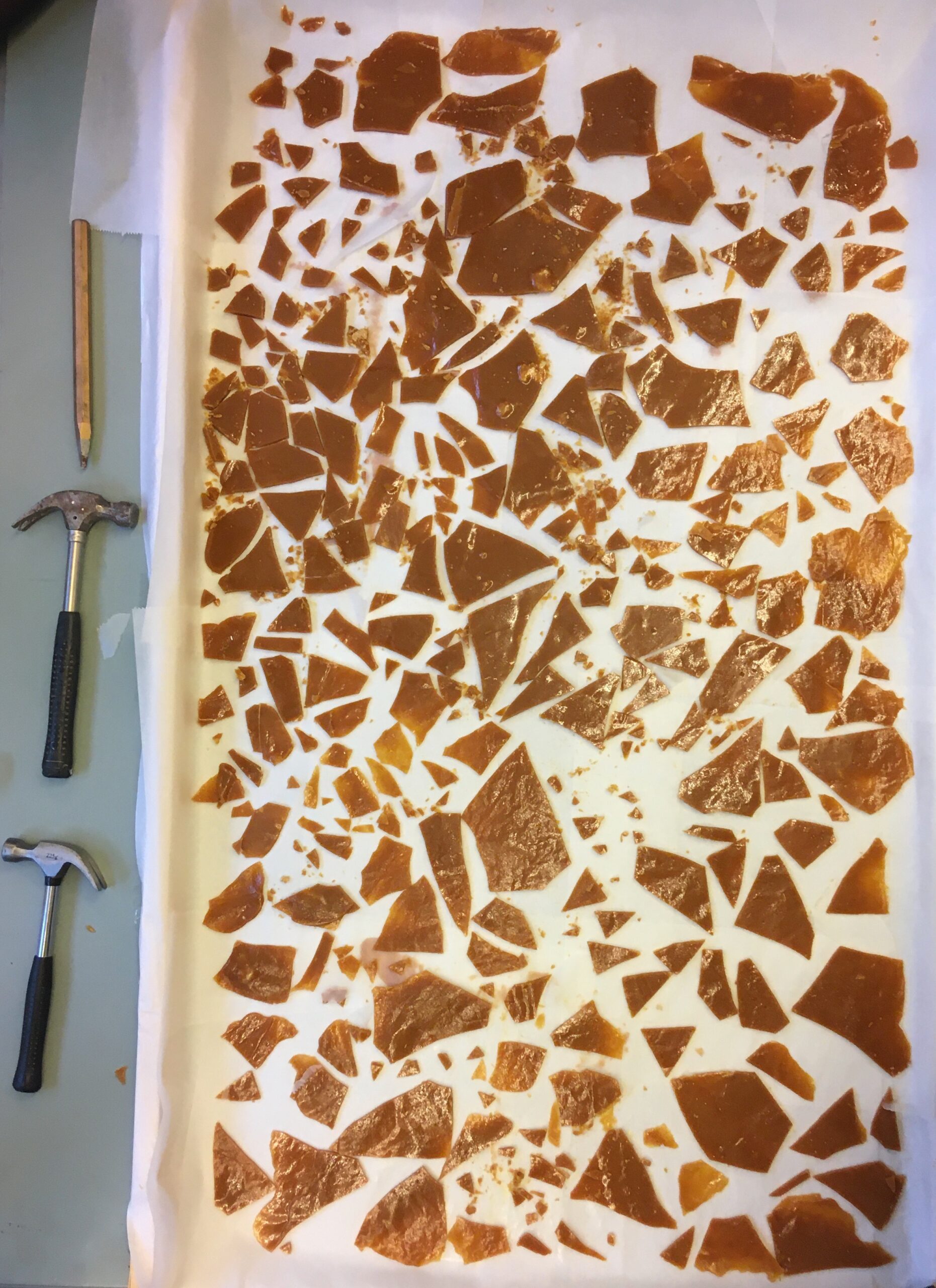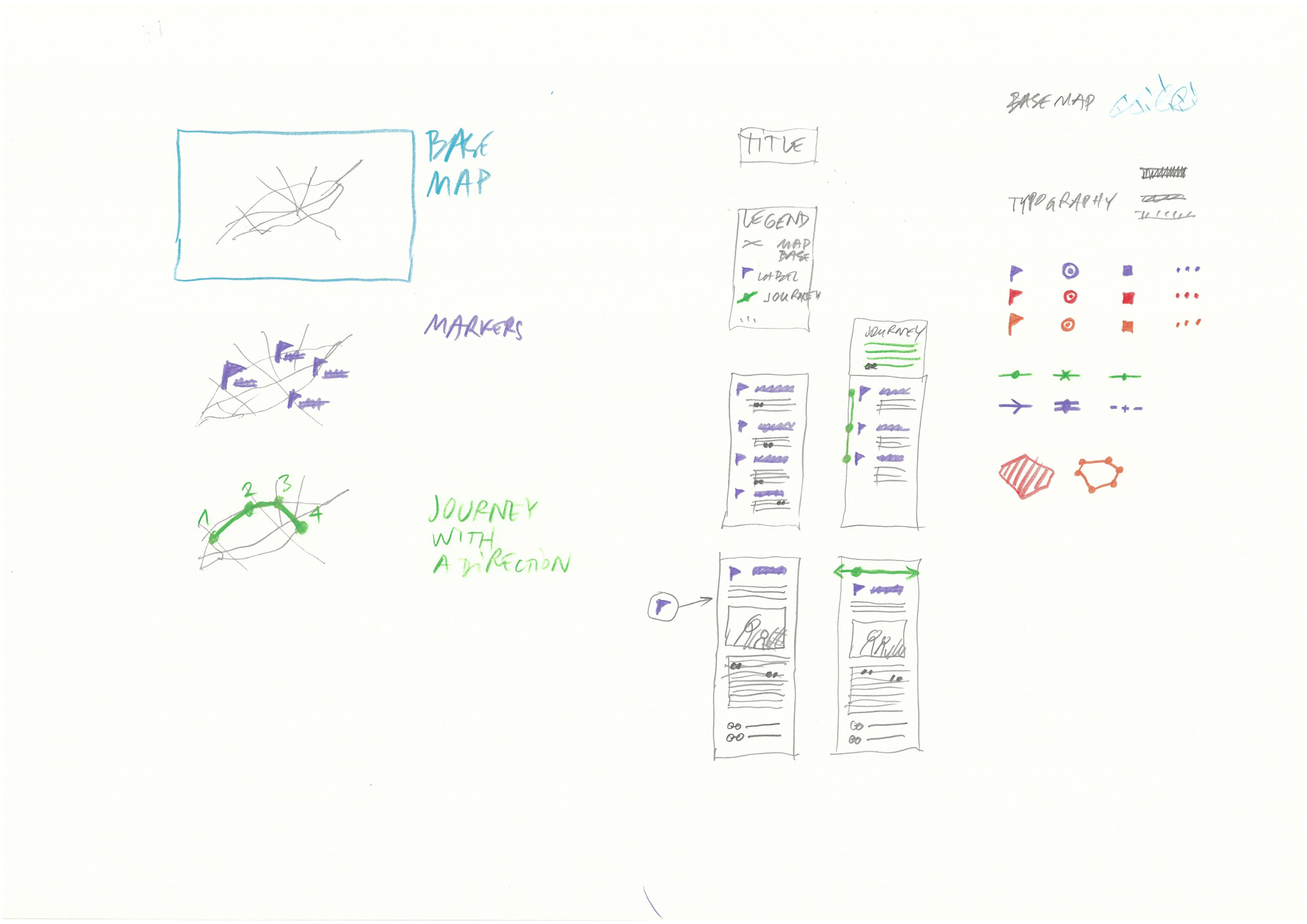Eavatea
Towards a Relational Infrastructure (2022-2025)
Since 2022, a partnership came together to explore the collective development of a digital interface created with open-source software. The partnership, consisting of artist collectives, artist-run and curator-run organisations, and a cooperative of cartographic practices, is a gathering of multiple viewpoints on how such a platform would visualise, present, archive, distribute and interconnect their in situ, nomadic, ephemeral, collective and transdisciplinary artistic practices.
The interface aims to function as a relational infrastructure, an agora encouraging new modes of initiating and sharing collective research practices that can be developed through using Eavatea as a digital meeting place. It is also a catalyst for physical gatherings focused on co-curating and public presentations. Eavatea will function as an interface where images, texts, sounds, maps are grouped as ‘archipelagos of practices’ that highlight their specific relations. In this way, Eavatea constitutes a source of collective knowledge production.
Testing the tool is an important step in an organic process of trial and error, of learning by doing.
With an Eavatea prototype underway the participatory reflections on the development of the platform will focus on how to govern and finance it on the long term, and finally how to distribute and share it with other practitioners who would benefit from its use. Our goal is to create different interconnected communities (inter)nationally that shape the interface to their own needs and share mutual ideas and commitments. Starting from a cooperative philosophy of common ownership/authorship, the governance of the Eavatea platform should acknowledge the need of the individual to sustain her/himself and yet create a solidarity economy by the mutual distribution of collectively generated values among all contributors.
Eavatea will be experimented with in the course of Archipelago of Artistic Pracices, an artistic and discursive program from July 2024 to July 2025, at nadine, Kunsthal Gent, M HKA and CKV.
What’s in a name
The aesthetics and shape of the tool are the result of a series of collective workshops with Atelier Cartographique. Its fragmented form was inspired by the Situationists’ mapping of Paris, and Piranesi’s etchings of the archaeological shards of a huge marble map of Rome. On a more conceptual level the maps of the 18th-century Polynesian navigator Tupaia introduced a form of counter-mapping with a strong narrative potential. Tupaia also gave us a lead for a name.
‘Eavatea’ means ‘high noon’. The word was noted on a map drawn by Tupaia, a Polynesian master navigator who had joined Captain Cook’s expedition in Tahiti in 1769. Cook’s crew offered Tupaia a Mercator map to draw the Polynesian archipelagoes, but rather than drawing according to western convention, he drew a ‘counter-map’, combining the western mapping system with a ‘translation’ of his wayfinding knowledge. This would include the oral tradition of ancestral songs and embodied knowledge of wind patterns, sea currents, movements of the sun and the stars, fish and birds and reflections on the underside of clouds. Eavatea marks the point where two representational systems merge in an act of collaborative knowledge production. Eavatea is also a Polynesian deity, the god of light, represented as half human and half fish. Its eyes were believed to be the sun and the moon.
Tupaia’s idea of merging knowledge systems led Jubilee to the idea of making Eavatea a meeting place for collective research where direct observation, activation of histories and stories of people could also find a place. The instrument was given a non-linear, rhizomatic structure. Eavatea does not want to be a website where things merely coexist. We define the mapping tool as a relational infrastructure. Eavatea is composed of shards on different scales, where each scale makes components of artistic practices divisible. On 3 levels it shows artistic “practices”, “gestures” connected to a practice and finally “traces” connected to a gesture. As a whole, the tool works as an instrument to zoom in and out on a practice and to discover its different components. At the same time, connections between different practices are exposed on each level. In addition to a constellation of shards, each scale also has a side panel – which defines shards, and allows the visitor to make connections with other projects. Eavatea allows a metaphorical interpretation of the ‘cartographic’, a kind of mind map. After all, some projects do not need geolocation.
A relational infrastruture
All shards in Eavatea will function as an interface on which images, texts, sounds, maps (with or without geo-reference) can be uploaded. These fragments appear as isolated islands, which we can edit and assemble into archipelagos. Each time a new shard is added, shards are regrouped as a new archipelago that highlights relationships between the uploaded documents. Islands may reposition themselves, depending on the relationships between practices, documents and organizations. In this way, new unexpected links and possible interdependencies between the fragments are formed. The void between the shards are spaces of freedom that make these connections and stories possible.
This makes the tool into a relational infrastructure. All documents that are uploaded embody the mutual relationships between all organizations, artists and collectives that participate in the development of Eavatea. The mapping tool should make visible this interconnectedness, the new areas of research that emerge. Through its up-loaded artistic practices Eavatea constitutes a source of collective knowledge production. We conceived the digital map as a dynamic, ever-changing artistic form that can generate encounters, discussions and unexpected stories. Our collective endeavor aims to incorporate a practice of counter-mapping that continually shifts between the geo-localized divine view of mapping and a critical disruption of map-making. Eavatea must be able to take into account what we find important in our practices: the experience of physical space, the passage of time, the encounters between people and the stories they share. As a digital space, it generates an extra layer that is added to our embedded practices rather than replace the situated knowledge derived from direct observation, emotions, collaborations, discussions…
Lost and Found, and Lost Again, While Addressing a Herd of Elephants in the Room
More on how Eavatea came about can be read Lost and Found, and Lost Again, While Addressing a Herd of Elephants in the Room, an essay co-authored by all partners. The text is published in Techniques Journal. This interdisciplinary magazine published by the University of Arizona, includes it in an edition dedicated to Dark Infrastructures.





